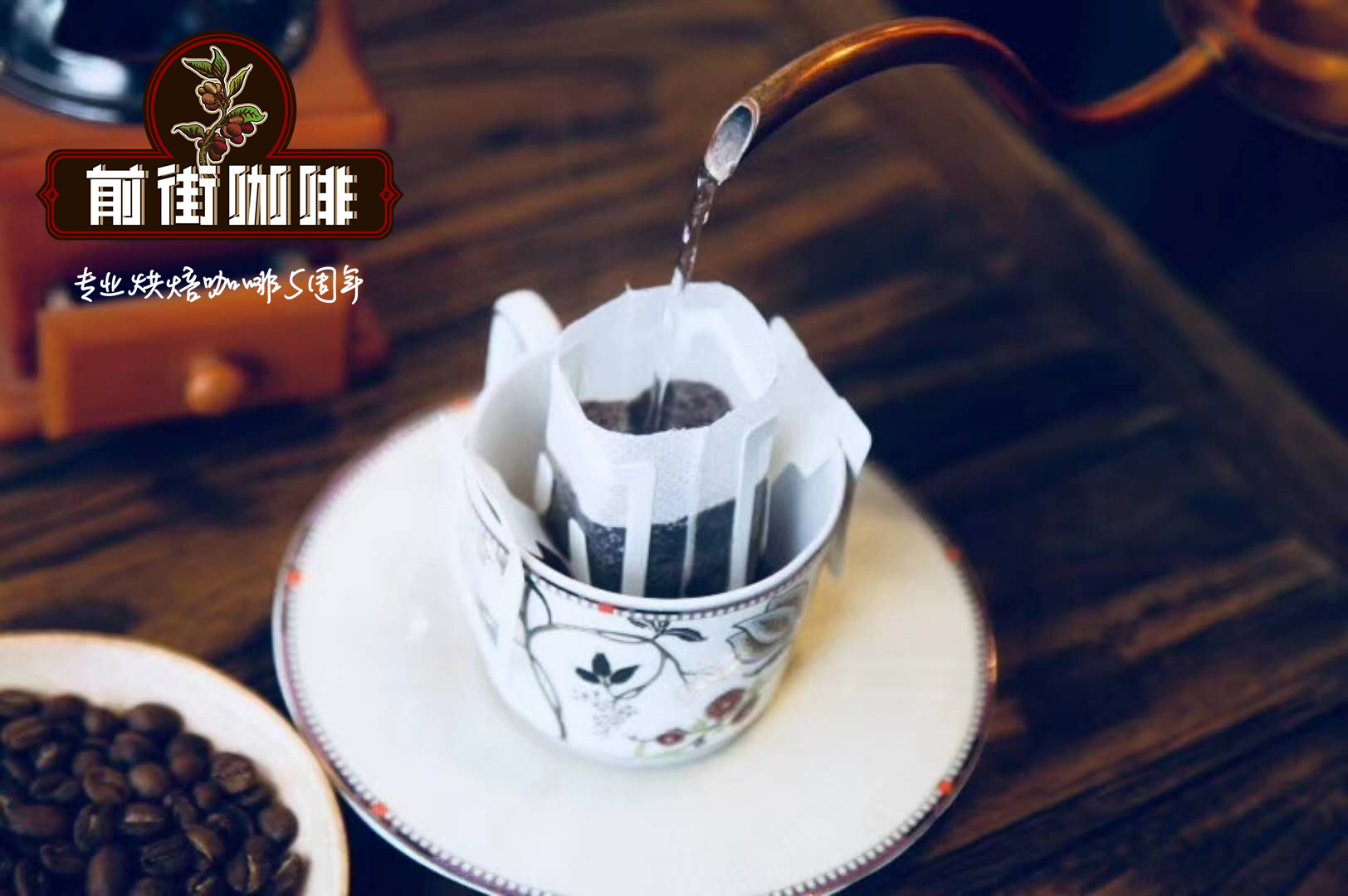Why is the Espresso concentrated oil so plump and how is it formed?
Professional coffee knowledge exchange more coffee bean information please follow the coffee workshop (Wechat official account cafe_style)

The espresso that everyone likes to drink is based on espresso (Espresso), so a good cup of espresso can be called the soul of coffee. When it comes to espresso, oil must be an important indicator that can not be ignored. Because oil not only gives espresso important visual characteristics, but also changes the flavor and taste of espresso to some extent. But what exactly is this layer of grease?
What is Crema?
Coffee grease is a layer of coffee foam with rich taste and aroma floating on coffee. To put it simply, the high temperature and high pressure in the brewing process combines the air with the soluble fat in the coffee, and the coffee oil is produced. Some people will call this phenomenon the Guinness effect phenomenon because it has a very similar foam layer to the famous Irish black beer (stout).
An espresso with a clearly visible coffee fat requires good quality, moderately ground coffee beans and a skilled barista. Compared with hand-brewed coffee drip coffee, coffee oil gives espresso a more saturated flavor and a stronger finish.

two
The production process of oil and fat
To understand how these oils are produced, you must first understand the process of making espresso. Take a professional espresso machine as an example, use 18 to 20 grams of coffee powder and extract 35 to 40 grams of espresso at 9 atmospheric pressure (9 Bar). High temperature, high pressure, with the right coffee powder, can make a cup of espresso.
When espresso is first extracted, there will be a golden to chocolate grease on the surface; this layer of oil is inextricably linked to pressure. When the water is heated and pressurized, the soluble substances in the coffee powder layer will be extracted, and this process will emulsify the natural fat and oil in the coffee. At the same time, freshly roasted coffee beans contain carbon dioxide, which is under pressure and melted into coffee in the process of making espresso. However, when hot water flows through the coffee pressed powder and comes out of the powder bowl, it can return from nine atmospheres to the normal one. At this time, because of the pressure gap, the carbon dioxide expands, and the oil wraps the carbon dioxide, and because the oil is lighter than water, it forms the so-called grease.

three
Factors affecting the formation of coffee oil
In fact, it is difficult to fully master coffee fat, because in addition to the technology that practice makes perfect, it can also be affected by the following reasons:
How fresh are the coffee beans used for brewing?
Fresh coffee beans produce more coffee fat because they still release soluble fat. Try to observe that if neighboring coffee shops use self-baked beans, the espresso brewed from their own baking shops may have thicker coffee fat than other shops that do not use self-baked beans. This is the importance of fresh baking.
The roasting degree of coffee beans will also affect
Generally speaking, after the second explosion stage of roasting, the deeper the roasting degree, the less coffee oil. Because a large amount of coffee oil has been released during roasting, coupled with stirring, packaging and grinding, coffee oil will be more worn out after oxidation. In addition, the amount of fat in coffee beans that are too lightly roasted and not fully reacted is not ideal. As a result, many coffee makers offer products that are roasted at a specific degree and specially used to boil espresso to ensure that coffee beans have enough oil.
The handling of coffee beans should also be taken into consideration.
Coffee beans dried by the natural sun can usually flush out the best coffee oil because the sun beans have higher oil content and more preservation.
Coffee fat = good espresso?
Oil reflects the status of raw coffee beans, the more oil, the more natural oil content of coffee beans, that is, fresh coffee beans. However, a coffee with fat does not necessarily mean that it is a good espresso. For example, robusta coffee beans are rich in oil.
Espresso is actually the most direct and simple way to show the original flavor of coffee, so poor beans, poor grinding, poor powder pressing, improper machine operation, too short or too long extraction time, etc., will affect the flavor of a cup of espresso. So the next time you have an espresso, don't rush to judge whether the coffee is good or bad by fat.

Important Notice :
前街咖啡 FrontStreet Coffee has moved to new addredd:
FrontStreet Coffee Address: 315,Donghua East Road,GuangZhou
Tel:020 38364473
- Prev

Do you know what boutique coffee is? what's so special about premium hand-brewed coffee?
Professional coffee knowledge exchange more coffee bean information please follow the coffee workshop (Wechat official account cafe_style) what is the boutique coffee? I believe many people have thought about this question, both in the coffee industry and coffee lovers will ask the question of boutique coffee, that is, is fine coffee expensive in the word boutique? What kind of coffee can be called essence?
- Next

Does the fat of coffee have any effect on your health?
Professional coffee knowledge exchange more coffee bean information Please pay attention to the coffee workshop (Wechat official account cafe_style) [health level] Coffee oil does contain some relatively unhealthy substances, which will increase the blood triglyceride and low density cholesterol index. Some studies have pointed out that as long as you drink 60mg coffee fat every day, it will make triglyceride and triglyceride low.
Related
- Beginners will see the "Coffee pull flower" guide!
- What is the difference between ice blog purified milk and ordinary milk coffee?
- Why is the Philippines the largest producer of crops in Liberia?
- For coffee extraction, should the fine powder be retained?
- How does extracted espresso fill pressed powder? How much strength does it take to press the powder?
- How to make jasmine cold extract coffee? Is the jasmine + latte good?
- Will this little toy really make the coffee taste better? How does Lily Drip affect coffee extraction?
- Will the action of slapping the filter cup also affect coffee extraction?
- What's the difference between powder-to-water ratio and powder-to-liquid ratio?
- What is the Ethiopian local species? What does it have to do with Heirloom native species?

